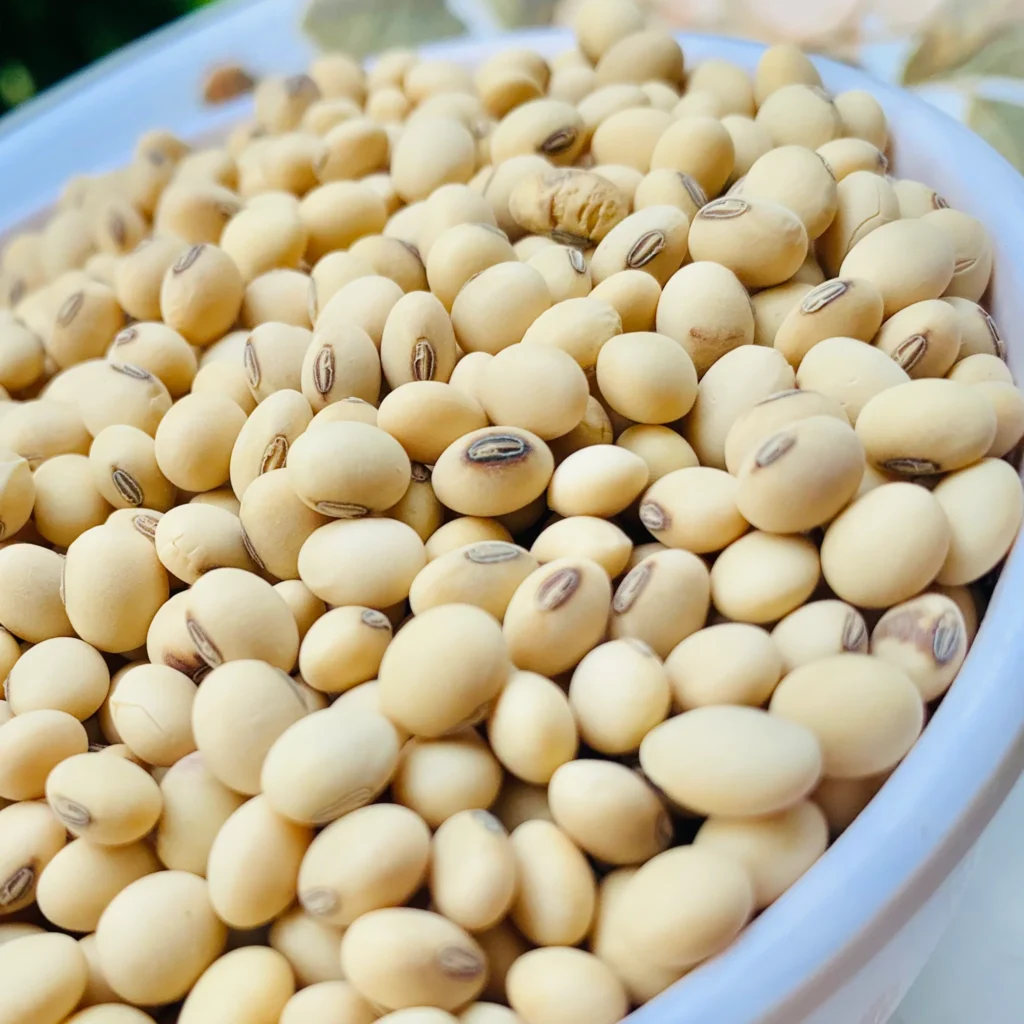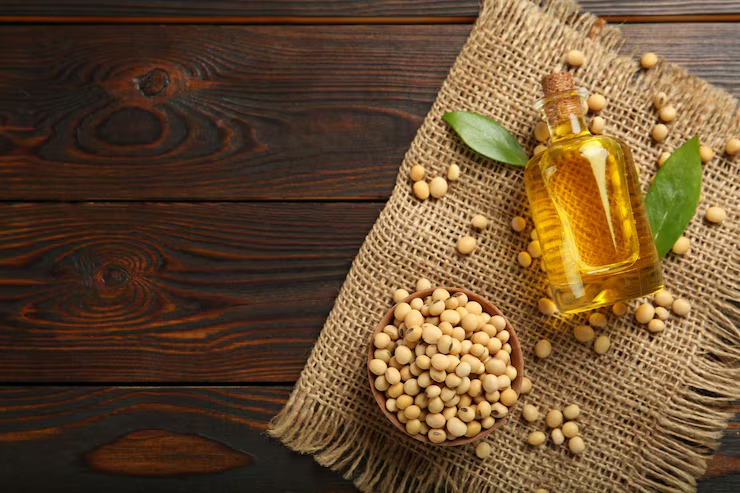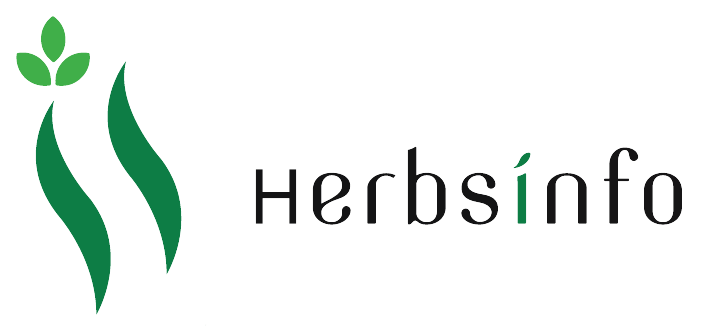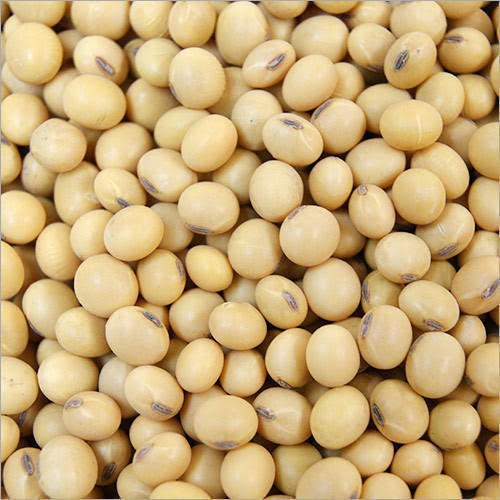INTRODUCTION
Soya bean (Glycine max) is a leguminous plant native to East Asia, widely cultivated for its edible beans which are rich in protein and oil. It is one of the most important crops in the world, serving as a key source of plant-based protein for both humans and animals.Soya beans are used in a variety of forms such as soy milk, tofu, soy flour, soy oil, and soy sauce and are also processed into animal feed and biodiesel. Due to its high nutritional value, the crop plays a vital role in food security, especially in vegetarian and vegan diets.

English: Soya bean / Soybean
Hindi: सोयाबीन (Soyabean)
Urdu: سویا بین (Soya bean)
Spanish: Soja / Frijol de soya
Arabic: فول الصويا (Ful al-soya)
Bengali: সয়াবিন (Soyabin)
Tamil: சோயா பருப்பு (Soya Paruppu)
Telugu: సోయాబీన్లు (Soyabeanlu)
Turkish: Soya fasulyesi
HEALTH BENEFITS:

Lowers cholesterol:
Clinical studies suggest that soy protein consumption can lead to a moderate but significant decrease in LDL (“bad”) cholesterol.
Reduces risk of coronary heart disease:
A 2020 study indicates that soy isoflavones may help lower the risk of developing coronary heart disease.
Improves cardiovascular factors:
Substituting soybeans for animal protein, which is high in saturated fat, may improve overall cardiovascular health.
Supports breast cancer survivors:
Research suggests that consuming whole soybeans may increase the survival rate of breast cancer survivors. Studies in Asian populations, which have higher soy intake, have shown a link between soy consumption and a reduced risk of breast cancer.
Lowers risk of prostate cancer:
Epidemiological studies show a lower rate of prostate cancer in populations with a higher intake of soy.
Potential to lower other cancer risks:
Some studies suggest that soy intake may be associated with a lower risk of lung, colon, and ovarian cancers, but more research is needed.
Complete protein source:
Soybeans are a “complete protein” and one of the few plant-based foods that contain all nine essential amino acids.
Supports muscle health:
Soy protein can help build and maintain muscle mass, making it a good supplement for resistance training.
Weight management:
Soy’s high protein and fiber content can help increase feelings of fullness, which can aid in weight management.
Lactose-free alternative:
Soy products like soy milk and tofu are lactose-free, making them suitable for those with lactose intolerance.
Improves skin health:
Soybeans contain antioxidants that can protect the skin from damage and have anti-aging properties.
SIDE EFFECTS:

Thyroid function:
High intake of soy may interfere with the production of thyroid hormones, particularly in people with low iodine levels or an underactive thyroid (hypothyroidism). This can cause symptoms like sleepiness and constipation. However, the effect in healthy individuals is not significant.
Male hormones:
Some animal studies have raised concerns that high soy consumption might affect male reproductive hormones. However, recent human meta-analyses show that soy or isoflavone intake does not affect testosterone levels or sperm parameters.
Fertility:
While most studies show no negative impact on female fertility, some animal research suggests very high intake could affect ovarian function. The relationship is still being studied
Kidney stones:
Soy contains oxalates, which can increase the risk of kidney stone formation in susceptible individuals.
Kidney failure:
People with kidney failure should limit their soy intake, as high levels of phytoestrogens in the blood can be a concern.
HOW TO USE:

Soy Oil
Extracted from soybeans and used for cooking and frying.
Cooking Whole Soya Beans
Soak dried soya beans overnight in water.
Drain and boil them for 3–4 hours until soft.
Use cooked beans in soups, stews, salads, or curries.
Soy Milk
Soak soya beans overnight.
Blend soaked beans with water.
Strain the mixture through a cloth to separate the liquid (soy milk) from the pulp (okara).
Boil the soy milk before drinking or using in recipes.
Tofu (Soybean Curd)
Made by coagulating soy milk and pressing the curds into blocks.
Use tofu in stir-fries, soups, grilling, or baking.
Soy Flour
Soya beans are roasted and ground into flour.
Use soy flour in baking or as a protein supplement.
Soy Sauce
A fermented product made from soybeans, wheat, and salt.
Used as a condiment or seasoning.
Animal Feed
Soya bean meal, a by-product after oil extraction, is used as high-protein feed for livestock.
PRECAUTIONS:
Some people can be allergic to soy.
Always cook soybeans well.
Don’t eat too much soy.
If you take medicine, ask a doctor before eating soy.
Store soybeans in a cool, dry place.




